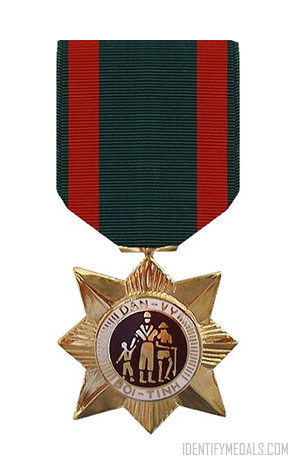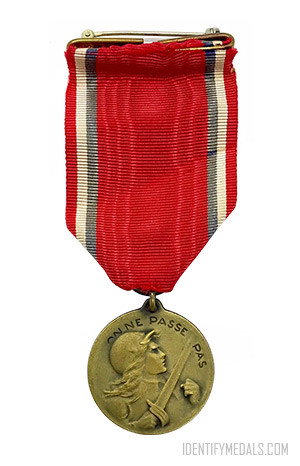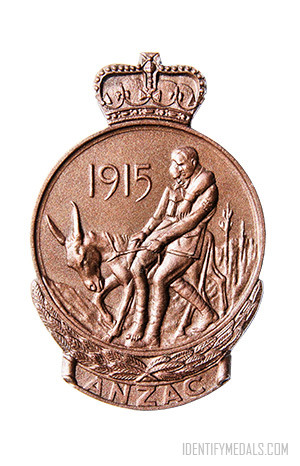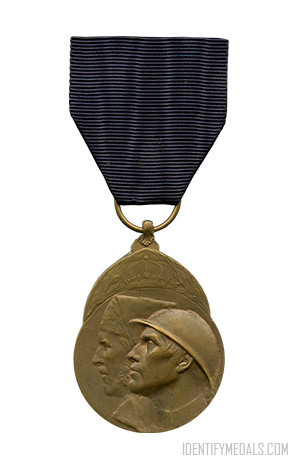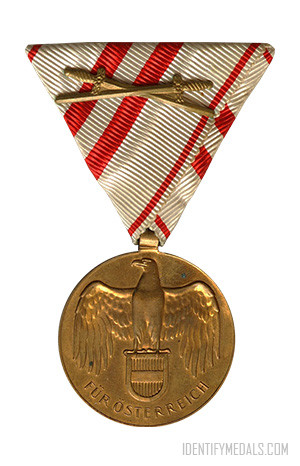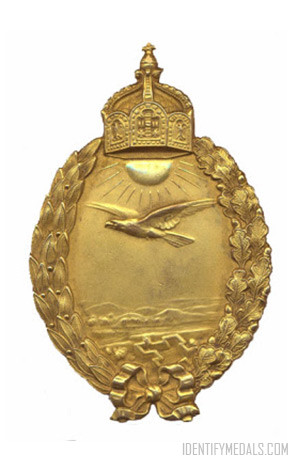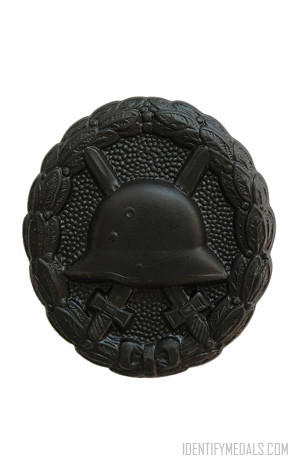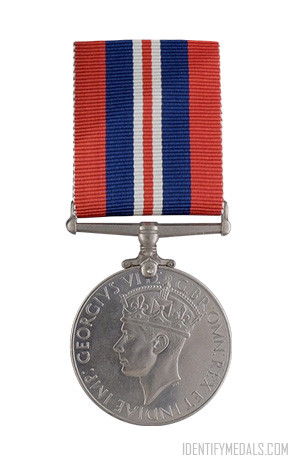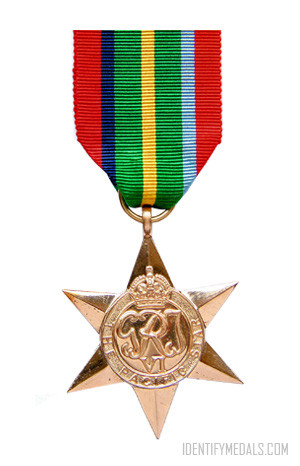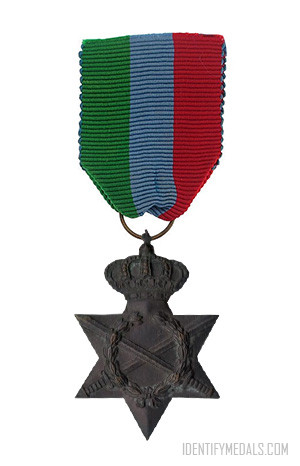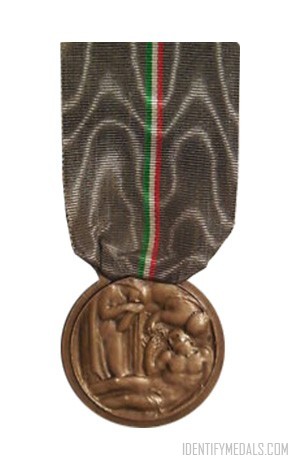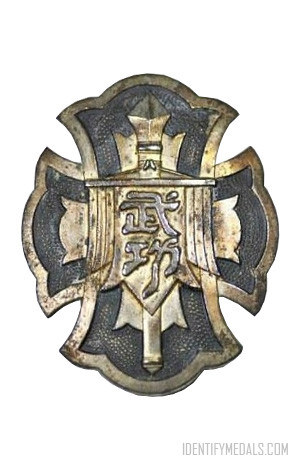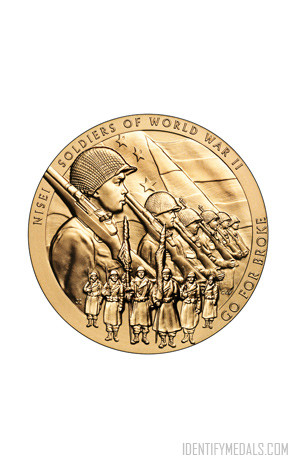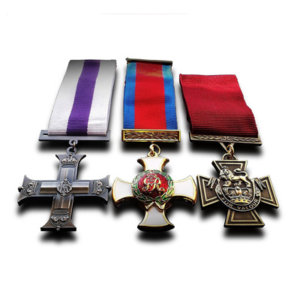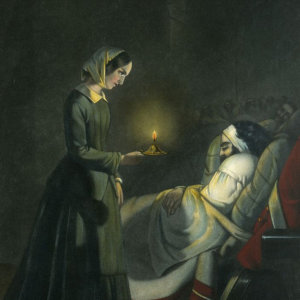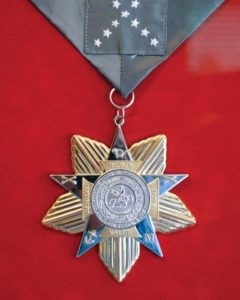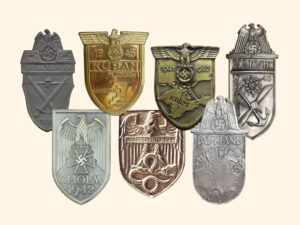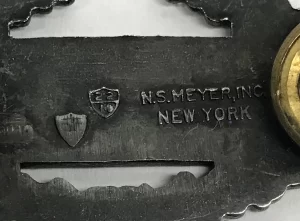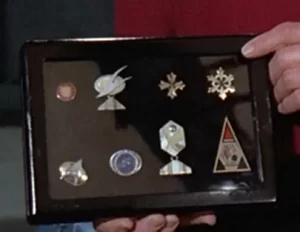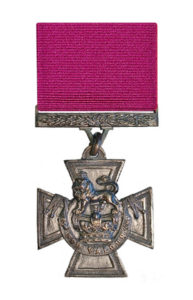- Time Period: Post-WW2
- Institution: 12 May 1964
- Country: South Vietnam (Other Countries), United States (awarded to)
The Republic of Vietnam Civil Actions Medal (or Dân-Vụ Bội-Tinh in Vietnamese, also known as the Vietnam Civil Actions Medal or Civil Actions Medal) is a military decoration created on May 12, 1964 during the Vietnam War by the former South Vietnamese government.
The medal was awarded to the South Vietnamese military and its allies’ military personnel or units that performed outstanding achievements in the field of civil affairs. It was awarded in two classes, with the first class intended for commissioned officers and the second class for enlisted personnel. Individuals who were cited received the medal, ribbon, and a citation.
The Civil Actions Unit Citation Emblem was awarded to all members of a military command or unit who had participated in civic actions to such a degree as would warrant an individual Vietnam Civil Actions Medal.
The Civil Actions Medal Design
The Civil Actions Medal is a bronze eight-pointed star with alternating points of the star lined, superimposed by a disk with a figure of a soldier, a child, and a farmer with a shovel, all enclosed by a white enamel designation band inscribed Dân Vụ (Civil Action) at the top and Bội Tinh (Medal) at the bottom.
The Civil Action Medal, First and Second Class, has a suspension ribbon and service ribbon that is Bottle Green and Scarlet. The first class color is distinguished from the second class color by the first class medal having two narrow red stripes in the center of the medal’s ribbon. The Civil Actions Unit Citation Emblem is in the first class color only. The first Civil Action Medal was awarded without a ribbon device. Each additional award of the medal had one of four devices representing four levels an individual was cited from; a large palm indicated a citation from the Armed Forces level. The Republic of Vietnam made some revisions pertaining to the Civil Actions Medal in 1965 and 1967.

